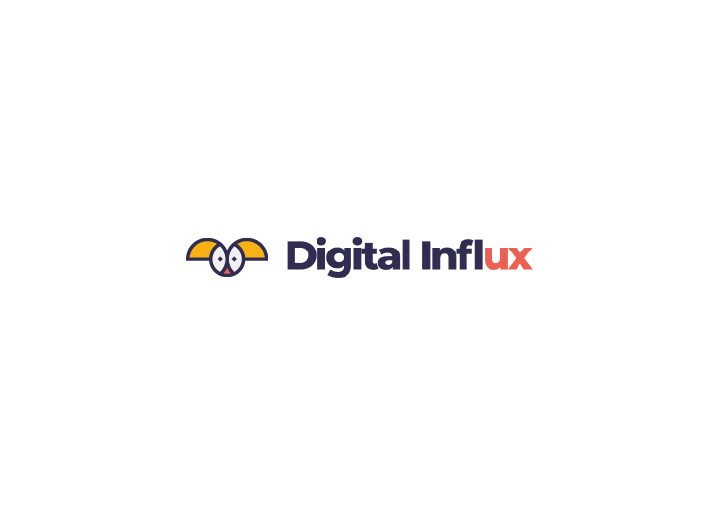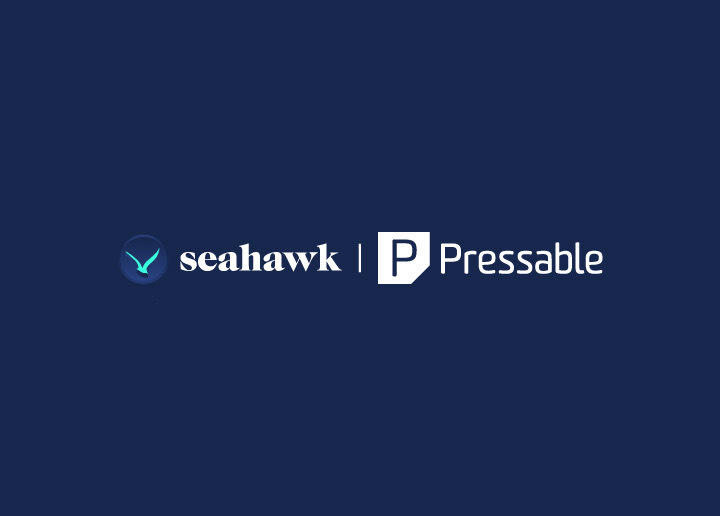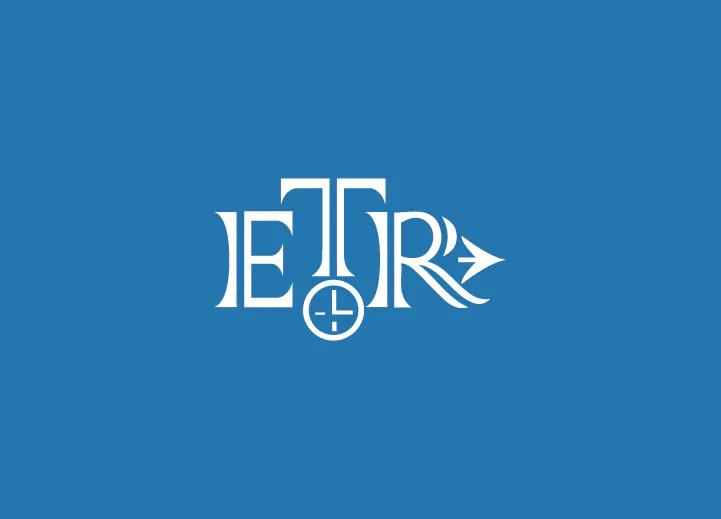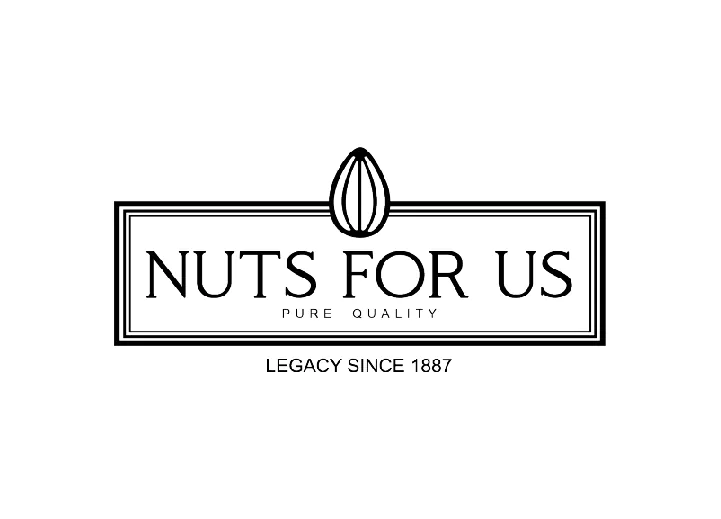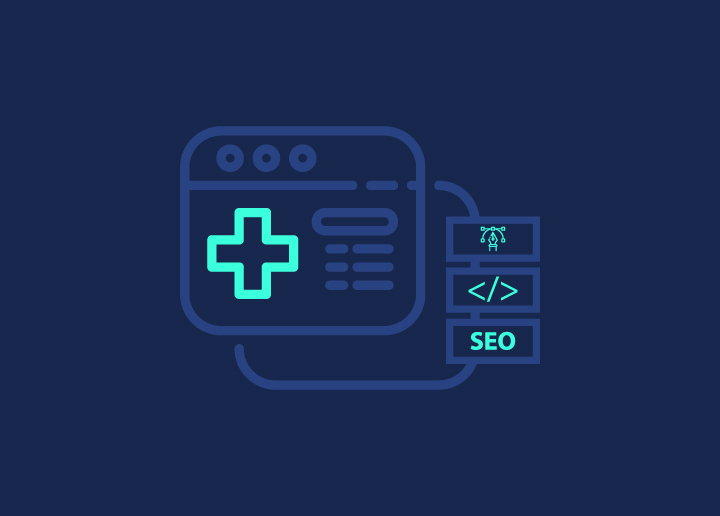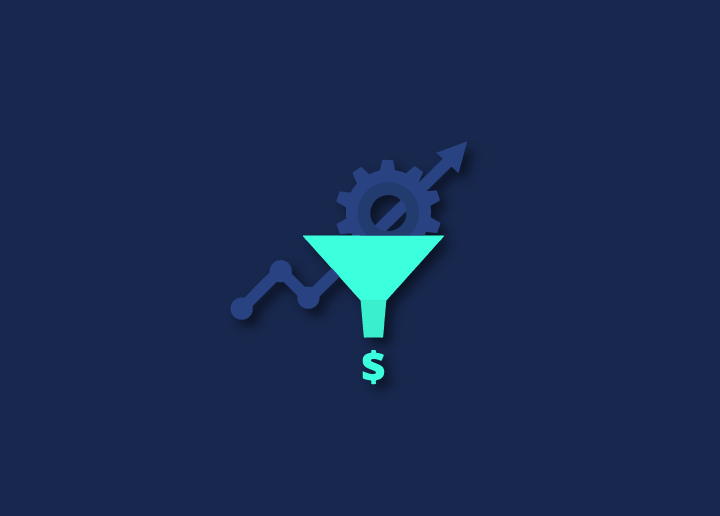Conversion rate optimization (CRO) is the process of designing and testing web pages to increase the percentage of visitors who take the desired action, such as filling out a form or completing a purchase.
It is important to note that CRO is different from simply driving more traffic to your website. The goal of CRO is to increase the conversion rate, or the percentage of visitors who take the desired action, not just the number of visitors.
Many factors can affect conversion rates, such as the page’s design, the copy on the page, and even outside factors like advertising. By carefully testing different versions of web pages and analyzing the results, you can identify what works best for your particular audience and make changes to improve conversion rates.
Contents
ToggleHow does CRO work?
Conversion rate optimization (CRO) is the process of increasing the percentage of website visitors who take the desired action, such as completing a purchase or subscribing to a newsletter.
To improve the conversion rate on your website, you need to understand what motivates your visitors and prevents them from taking the desired action. Once you know this, you can make changes to your website that will encourage visitors to take the desired action.
CRO typically involves A/B testing, which compares two versions of a web page to see which one performs better. For example, you could test two different headlines on your home page to see which encourages more people to click through to your product page.
You can also use heat mapping tools to see where people click on your web pages. This can help you identify areas that may need improvement. For example, if people repeatedly click on a link that goes nowhere, you know that this is something you need to fix.
Making even small changes to your website can significantly impact your conversion rate. With CRO, you can continually test and optimize your website to ensure it is as effective as possible at converting visitors into customers or leads.
Why is CRO important?
There are many reasons why Conversion Rate Optimization (CRO) is essential. By definition, CRO is optimizing a website to increase its conversion rate or the percentage of visitors who take the desired action.
A successful CRO campaign can result in more leads, sales, and revenue for your business. Additionally, it can help you better understand your customers and their needs and improve your overall website design and user experience.
CRO is important because it allows you to get the most out of your website traffic. You are not maximizing your potential if you have a high-traffic website but a low conversion rate.
Additionally, CRO can help you lower your customer acquisition costs. To acquire new customers, businesses typically need to spend money on marketing and advertising initiatives. However, if you can increase your conversion rate through CRO, you will need to spend less money to acquire new customers since more of them will be converting to your site.
Finally, CRO is essential because it can give insights into what works and doesn’t on your website. By testing different elements on your site and analyzing the results, you can learn what works best for your business and make necessary changes to improve your website performance.
Techniques for optimizing your page’s conversion rate
Several techniques can be used to optimize your page’s conversion rate. Here are some of the most effective:
1. Use attractive visuals.
People are more likely to convert if they’re presented with attractive visuals. Ensure your page features high-quality images and videos that capture attention and encourage people to take action.
2. Use persuasive copy.
Your page’s copy should be clear, concise, and persuasive. It should explain what you’re offering and why people should take advantage of it. Use strong calls to action to encourage people to convert.
3. Offer something valuable.
People are more likely to convert if they feel they’re getting something valuable. Whether it’s a discount, free shipping, or exclusive access to content, make sure you’re offering something that will entice people to take action.
4. Make the process easy.
The easier it is for people to convert, the more likely they’ll be to do so. Make sure your page is easy to navigate, and the conversion process is as straightforward as possible. Remove any unnecessary steps or barriers that could deter people from completing the process.
5. Test, test, test!
The best way to find out what works best for your page is to test different elements and see how they impact conversion rates. Try other headlines, calls to action, offers, etc., and track the results using analytics tools.
Conclusion
CRO is an essential tool for any business that wants to succeed online. Understanding your audience and testing different strategies can significantly increase your conversion rate and help you reach your business goals. If you’re unsure where to start, we recommend working with a CRO expert who can help you create a solid plan and implement it effectively.


